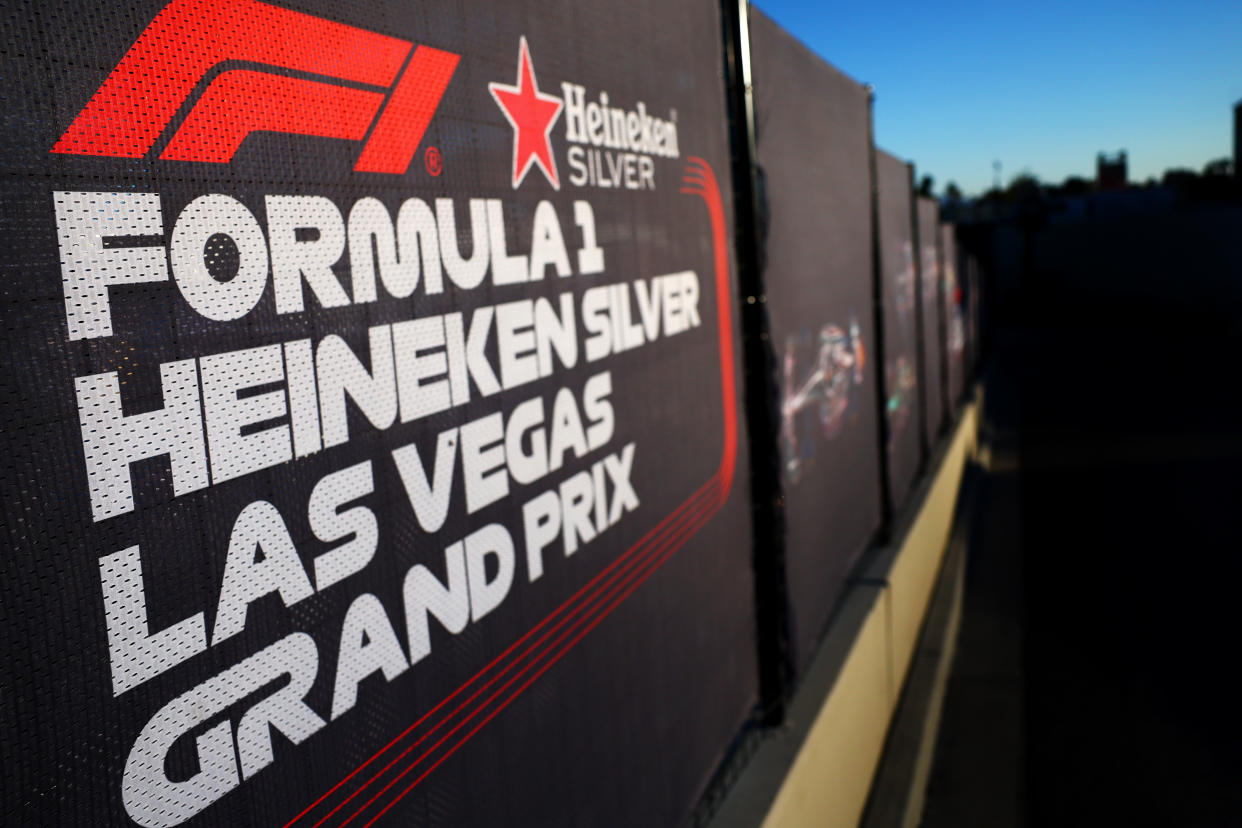Weather forecast for F1 in Las Vegas much colder than organizers anticipated, posing significant challenges

It seems Formula 1 was not prepared for what the weather is like in Las Vegas in November.
This weekend’s Las Vegas Grand Prix starts at 10 p.m. local time (1 a.m. ET) for a couple of reasons: A late start in Vegas means the race will be broadcast on Sunday morning in Europe. And a primetime show means the glitz and glamour of the Las Vegas strip will be on full display.
It also means that it’s going to be cold. Colder than Formula 1 apparently expected.
Saturday’s forecast for Las Vegas calls for a high of 69 degrees and a low of 48. Temperatures for the race will likely be in the 50s and well cooler than the temperatures F1 typically races in. And former Formula 1 executive Ross Brawn said that F1 didn’t realize that it got so cool at night in Las Vegas in November.
“The one thing we hadn’t considered initially but the tire company have dealt with is it gets very, very cold at night,” Brawn said in an interview with TalkSport last week (via Planet F1). “So when the race is happening, which is Saturday night, it has been known to drop down to three or four degrees [Celsius].
“So, it can be really quite cold and of course getting the cars to work in those temperatures can be a challenge.”
It's been a while since F1 has held a race when the temperature is in the 40s. While it's routinely not warm during preseason winter testing in Bahrain, the coldest race ever came in 1978 when the Canadian Grand Prix was held in October. It was 41 degrees Fahrenheit during the race. It shouldn't be that cold in Vegas.
Pirelli is the official tire supplier for F1 and has been tasked with figuring out which of its race tire compounds should be used for the weekend. A brand-new track on city streets is generally a big enough challenge when the temperatures are what F1 and Pirelli are accustomed to. Throw in a colder-than-normal race and Pirelli and F1 teams are going to be learning on the fly over the course of the race weekend.
🇺🇸 Viva Las Vegas! It's #LasVegasGP race week!
🛞 Softest compounds in our range
↗️ Increased tyre pressures due to cooler temperatures
Read more ➡️ https://t.co/esvOKpEoQIpic.twitter.com/KoVACYDCta— Pirelli Motorsport (@pirellisport) November 13, 2023
F1 teams are very specific about the temperatures where their cars operate the best. That includes the tires. Drivers need to get heat in their tires quickly after pit stops. But they also need to be wary of not overheating their tires too much over the course of a run. Too much heat in a tire can lead to excessive wear.
Not enough heat can have a similar effect. If teams can’t get their tires into the preferred operating zone, the tires could start to grain and wear unevenly. Most importantly, drivers may not have any grip. That’s a recipe for a crash.
And unlike most tracks, there’s not going to be much room for a driver to save a spinning car in Las Vegas. Since the track is in and around the strip, the racing surface is closely encased by walls and there’s far less margin for error. Don't be surprised if there are a couple of incidents during practice and qualifying ahead of the Grand Prix as drivers learn the limits of a new track in unfamiliar conditions.
